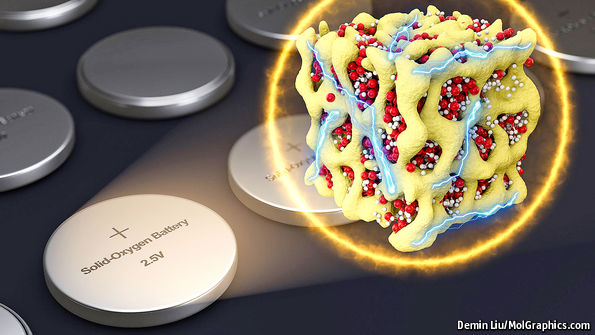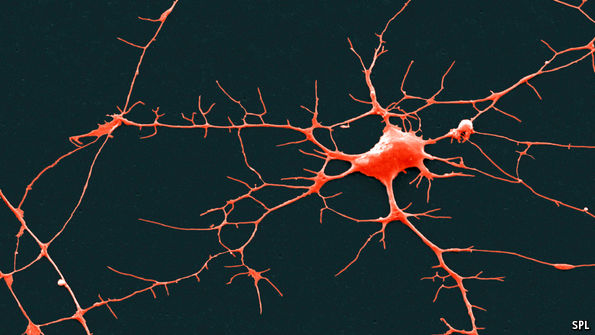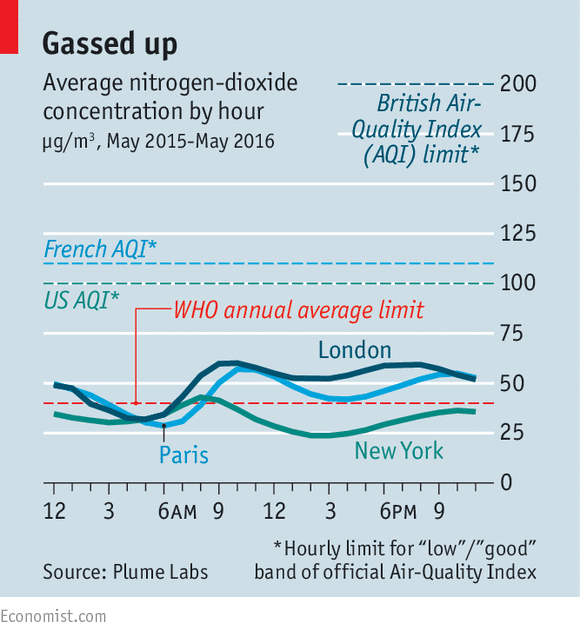Bacteria may be the key to turning graphene into a semiconductor

SINCE its discovery in 2004 graphene, a form of carbon made of sheets a single atom thick, has been an invention in search of an application. In particular, it has fired engineers’ imaginations with the possibility of making thin, flexible, semi-transparent electronics. But it has always promised more than it has delivered because, although it is an excellent conductor of electricity, its other electronic properties are lacklustre. First, instead of being easily channelled, electric current moves across a graphene sheet randomly and in all directions. Second, graphene does not have a bandgap—a property needed to create the distinct “on” and “off” electronic states that transistors rely on to work, and which is induced in a material by disrupting the way its electrons are distributed.
One way to open up a bandgap is to introduce atoms of other elements into a substance. For graphene, however, this reduces the conductivity that is one of its attractive features. Another approach is to modify the atomic sheets’ shapes by, for example, wrinkling them—but existing methods of doing this do not control where the wrinkles form or how they are…Continue reading
Source: Economist










